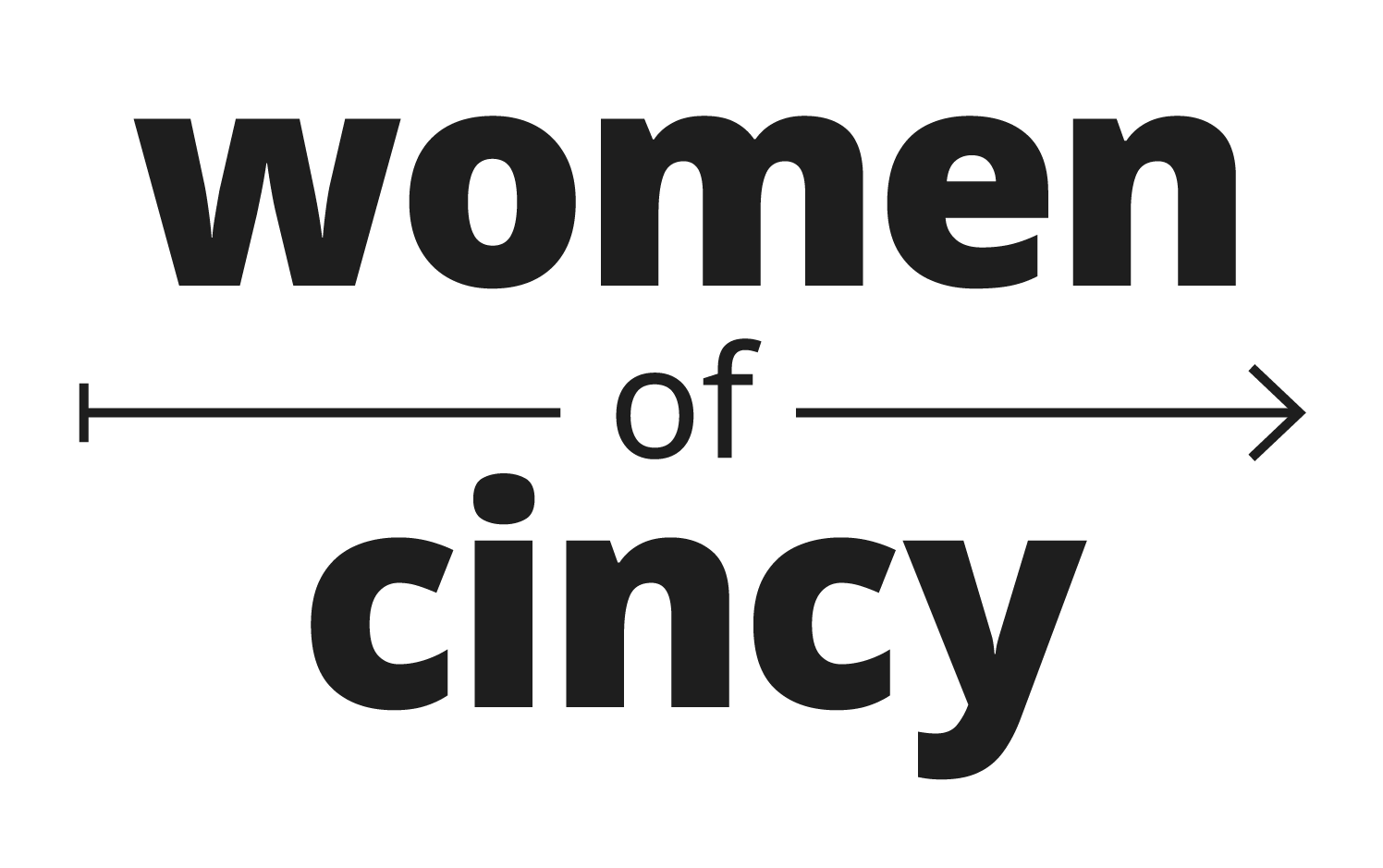Lé Thompson on Gender Inclusion: The Journey Begins with Conversation
This essay is part of our “What is a woman?” series in tandem with our podcast. This season, our community is exploring the question “What is gender inclusion?”
Written by Lé Thompson.
I have always stood out. I was a fat kid that could not fit into girl clothes because they were not made for my body. Then I became the fat adult that basically said, “Gender is oppressive and life is too short to care about it.” But even as a child, I wondered why people put so much on how people look, and I wondered why people obeyed narrow social descriptions of what it means to be a person based on our genitalia, race, or ethnicity. Not to say those things are not important – because they are – but it becomes dangerous when society adds values to these things. It has always baffled me how some people feel entitled to police how people look, police how others express their humanity, and police where people can go to the bathroom. Honestly, it is all absurd to me. As a gender bending, vibe-y, female-bodied person that takes Prince’s lyrics – “I am not a man; I am not a woman; I am something you cannot comprehend” – very seriously, navigating spaces requires immense strategy and daily emotional and mental work. So if you ask me the question “What is gender inclusion?” I can give you a lot of responses.
And while the rules will look different, the process begins the same everywhere: with a conversation.
Gender inclusion has many looks. For the academics around us that have taken a proper sociology class or gender studies class, there is this complex notion of gender inclusion that is not accessible to everyone. I can quote theory and talk about how gender is a social construct – basically, the imagination of the culture we live in – or I can talk about safe spaces and how everyone should put up little triangle signs that denote safe spaces on their walls or businesses. Don’t get me wrong: Those things are helpful; signs are helpful, but it is just the tip of the iceberg. Because creating a safe space or a safer space for people to be themselves is the responsibility of the people hosting that space. It doesn’t matter if the people hosting the spaces are business owners, organizations, or households; there has to be clear written and unwritten cultural rules that must be enforced and respected if we want to really respect gender differences. And while the rules will look different, the process begins the same everywhere: with a conversation. To be gender inclusive in a sustainable way, we must have a conversation with ourselves and we must have conversations with others.
Sometimes I have to have conversations about my appearance. I understand that some people feel uncomfortable with my looks and I have become comfortable with that. But if I want to feel included in a space or feel welcome, then I have to have a thick skin and be able to talk to people as to why I do what I do. Some people are willing to listen, and I am thankful. As an educator, I have the language and the patience to navigate this conversation with friends and strangers. But it is not a conversation that I want to have when I am attending a fundraiser, or an event, or a late night venue with friends. And this is why I say: It is important that people create inclusive spaces, because it is not my job to create my safe space, especially if I am a patron. This is why having constant conversations about gender, race, and other topics is important. These conversations are hard. When I host one of these conversations to educate people, I frame it as a “courageous conversation” because it takes a lot of strength to be vulnerable and combat one’s own prejudice – and we all have prejudices, no matter how woke we are. At the end of the day, all of humanity is problematic and the sooner we realize that, the sooner we can all start working to become less so.
This is a journey; no one arrives at the land of inclusion.
To be less problematic in regards to gender, being gender inclusive is a simple but challenging task of checking with ourselves to understand our own prejudices of gender that is different from our norm. Once that is understood, the work of learning about different genders is a Google search away.
Lastly, this is a journey; no one arrives at the land of inclusion. The language used to describe ourselves and society is always changing; our perceptions are always being challenged and/or confirmed. When they are challenged, the urge to fight is always there, but I would encourage taking a step back to understand that urge. Then move to having a conversation with people that can break the problem down. I cannot stress the importance of having a conversation to learn and understand as the main method to creating gender inclusion.

